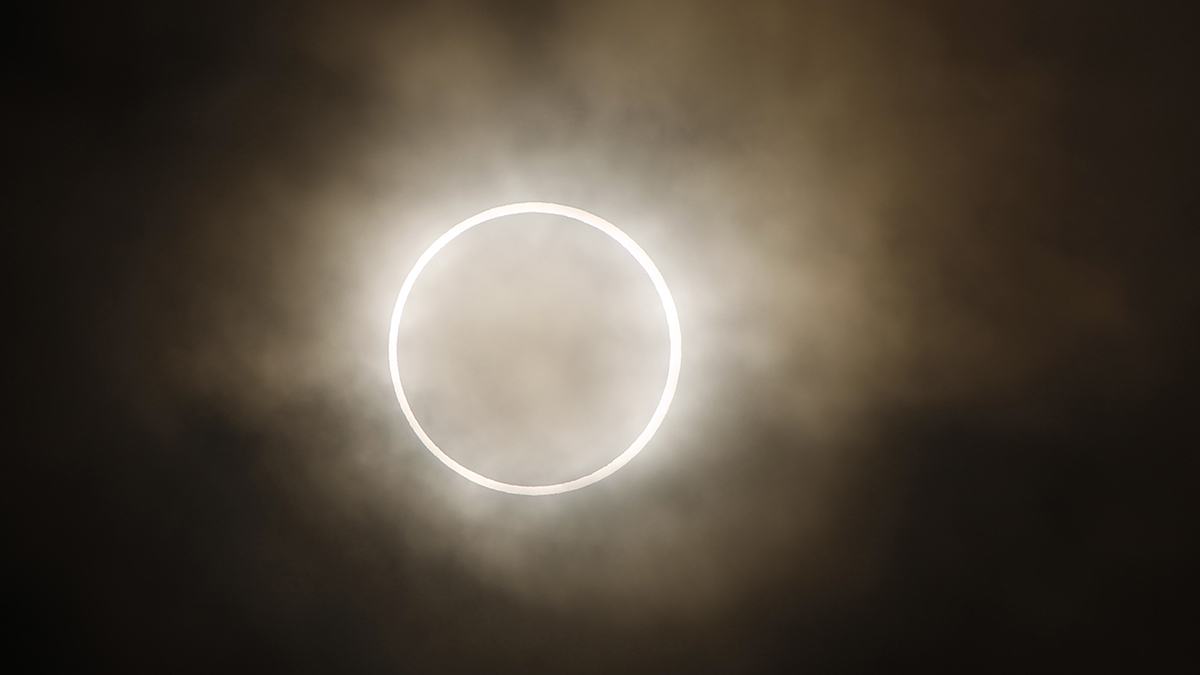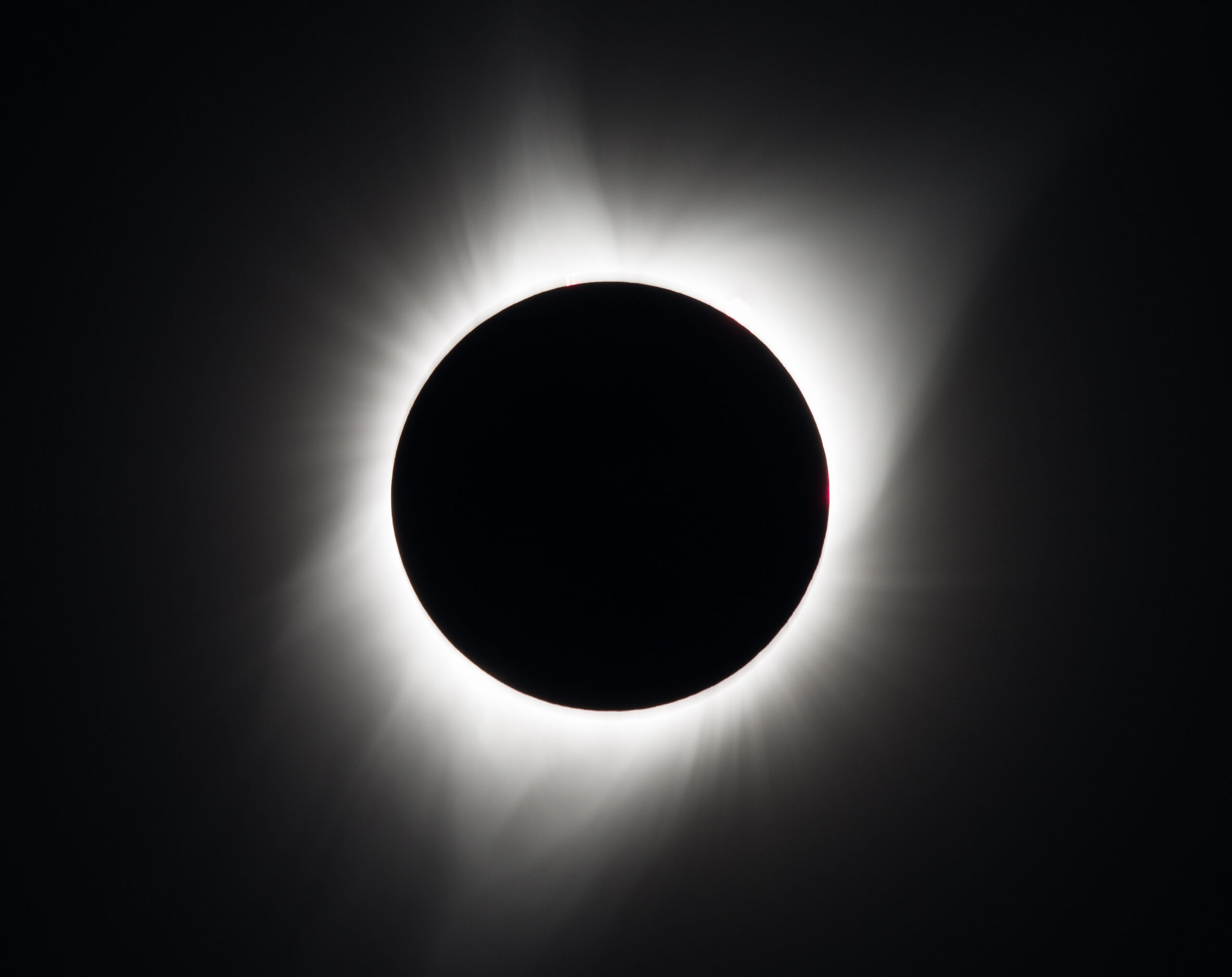This Saturday, using the sun’s light, the moon cast a shadow onto the Earth, creating a celestial view in the sky: a partial solar eclipse.
Most Americans had the opportunity to see the eclipse in some point, though the view across the country looked much different, and we in the Boston area and New England didn't have the best one.
Still, it created quite the sight, especially when captured on high-tech equipment.
Get Boston local news, weather forecasts, lifestyle and entertainment stories to your inbox. Sign up for NBC Boston’s newsletters.
The eclipse maximized across a 130-mile-wide swath of the country stretching from Oregon to the Rio Grande Valley in Texas. In that swath, 90% of the sun obscured.
In New England, roughly 10-20% of the sun was covered between 12:30 p.m. until around 2:30 p.m.
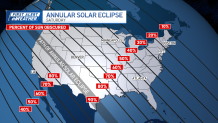
During an eclipse, it’s important that you DO NOT look directly at the sun with the naked eye. Special eclipse glasses have a mylar film that allows you to fully view the phenomenon.
The entire eclipse – from the moment the moon starts to obscure the sun until it’s back to normal – lasted roughly two-and-a-half hours at any given spot. The famous ring of fire portion of the eclipse lasted from three to five minutes, depending on the location — but that was limited to parts of the Pacific Northwest and Four Corners regions.
Around the path of annularity, where the eclipse is at its maximum — that 90% — viewers saw the ring of fire around the moon as the skies dim. Because the moon shields the sun, there was a noticeable drop in temperature, too. This can also be experienced with cloud coverage, but it’s just not as extreme.
As exciting as this eclipse is, in 2024, a much more robust total solar eclipse will cross North America. This happens when the moon passes between the sun and Earth, completely blocking the face of the sun. The sky will darken as if it were dawn or dusk.
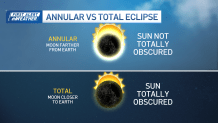
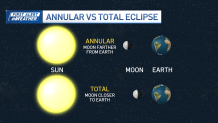
And there's good news for local eclipse buffs: Burlington, Vermont, and other areas of New England are in the path of totality in 2024.

